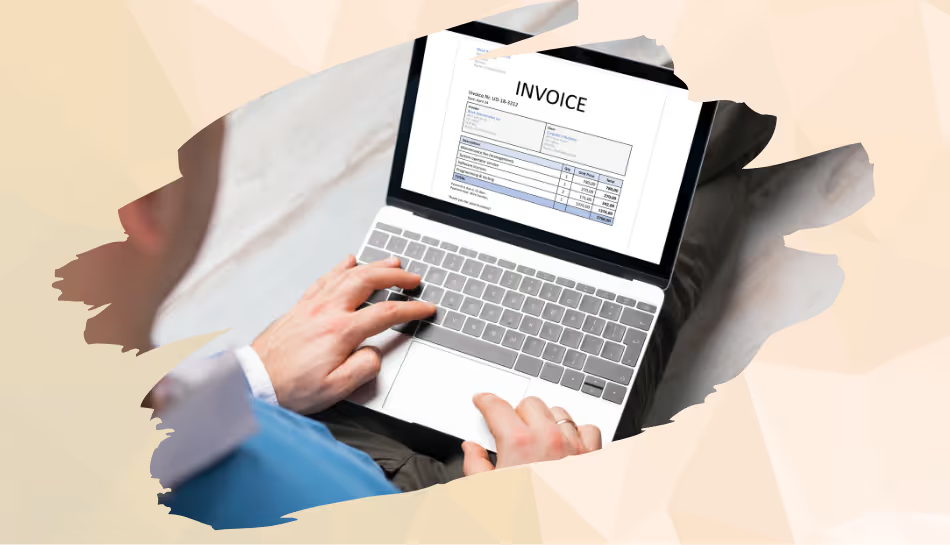
Managing GST returns can be a chore, primarily when it comes to tracking input tax credits. That is where GSTR 2B comes in-a monthly statement that helps businesses know how much ITC they can claim precisely. Whether an enterprise is small or at a growing stage, knowing what GSTR 2B is and how to reconcile it correctly can ease your GST filing a lot.
What is GSTR 2B?
GSTR 2B is a statement auto-drafted by the GSTN. The statement summarizes all details about input tax credit from your supplier's invoices for a month in question. In other words, it is a ready-made report which would tell you how much ITC is available, saving you from cross-verifying every supplier's filing manually.
This statement is generated based on the data filed by your vendors in GSTR 1, GSTR 5, and GSTR 6 forms. It's a static document, which means once it's generated for a month, it doesn't change, thus giving you a clear, consistent reference for your ITC claims.
Why GSTR 2B Matters
The main purpose behind GSTR 2B is to make GST compliance simpler and transparent. Before its introduction, the businesses had to match supplier invoices with their records manually, and this often resulted in mismatched data and wrong ITC claims.
GSTR 2B makes the reconciliation process far more accurate and less time-consuming. It depicts:
- Eligible and ineligible ITC, based upon suppliers filings.
- Any discrepancies in data uploaded by vendors.
- Details of imports and inward supplies.
In this regard, the analysis of this data before the filing of GSTR 3B will help businesses ensure that ITC claims are correct and compliant; thereby, avoiding penalties or rejections thereafter.
Understanding GSTR 2B Reconciliation
GSTR 2B reconciliation means reconciling your purchase register with the GSTR 2B statement to match both records. The process will assist in noticing missing invoices, wrong entries of GSTIN, or unreported transactions.
This may be really time-consuming if done manually, especially for larger businesses processing hundreds of invoices in a month. That is where GSTR 2B reconciliation tools and software come into play.
How GSTR 2B Reconciliation Software Helps
Modern reconciliation tools automate the process of matching supplier data with your books of accounts. Good GSTR 2B reconciliation software can:
- Import purchase data automatically from accounting systems.
- Compare it with the GSTR 2B records on a real-time basis.
- Highlight mismatches, missing invoices, or duplicate entries.
- Generate summary reports for faster GSTR 3B filing.
This not only reduces human error but also saves a lot of time during monthly GST compliance.
Why Bigsun's GSTR 2B Reconciliation Module Leads the Way
Bigsun's GSTR 2B Reconciliation module is designed for accuracy, speed, and simplicity. Situated within the Bigsun ERP ecosystem, this module integrates seamlessly with your purchase and accounting modules. Automatic matching of invoices flags discrepancies instantly and updates eligible ITC details for filing.
Unlike the standalone tools available in the market, Bigsun's module has seamless integration across departments. The finance teams can see the reconciliation reports, identify supplier issues, and prepare returns on one screen. Additionally, with automation, real-time tracking, and minimal manual intervention, Bigsun makes sure that your GST process is compliant and efficient.
Advantages of Using GSTR 2B Reconciliation Software
- Time-Saving: Automates repetitive matching work that could take hours if done manually.
- Accuracy: Reduces ITC claim errors and mismatched entries.
- Improves compliance: Keeps your filings aligned with GST rules.
- Enhances transparency: Helps monitor supplier compliance effectively.
- Enhances control by integrating with ERP systems, such as Bigsun, for a 360° financial overview.
Final Thoughts
Understanding what GSTR 2B is and using it right can make a huge difference to how efficient the management of GST at your business will be. By leveraging tools like Bigsun's GSTR 2B reconciliation software, companies can simplify compliance, reduce errors, and gain better visibility into their input tax credits. For businesses who value accuracy, automation, and peace of mind during each filing cycle, Bigsun provides a smarter way to handle GST, helping you stay compliant while focusing on what really matters: growing your business.

